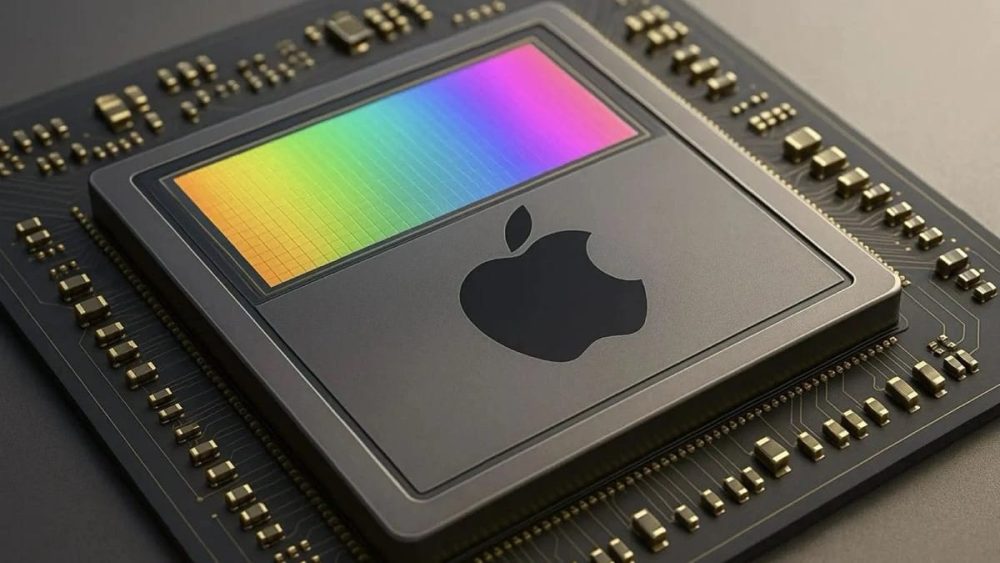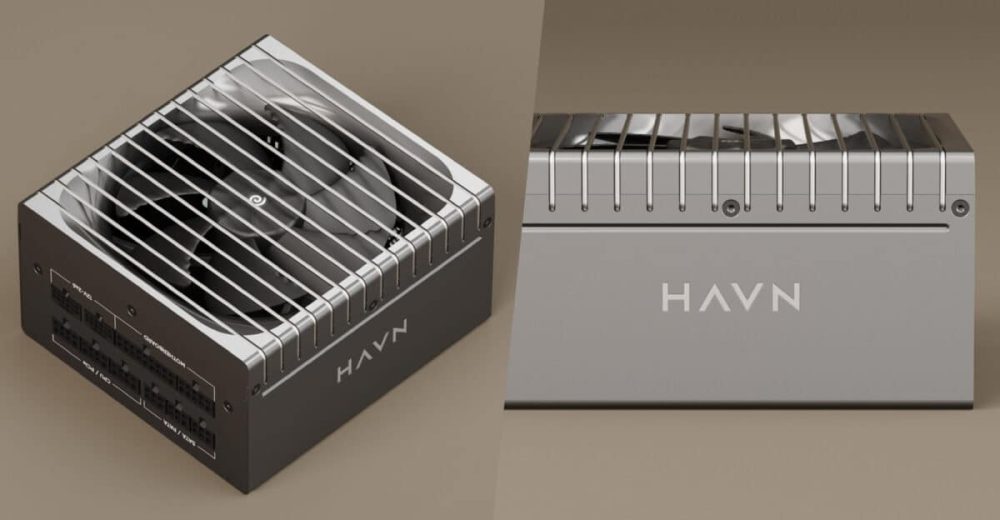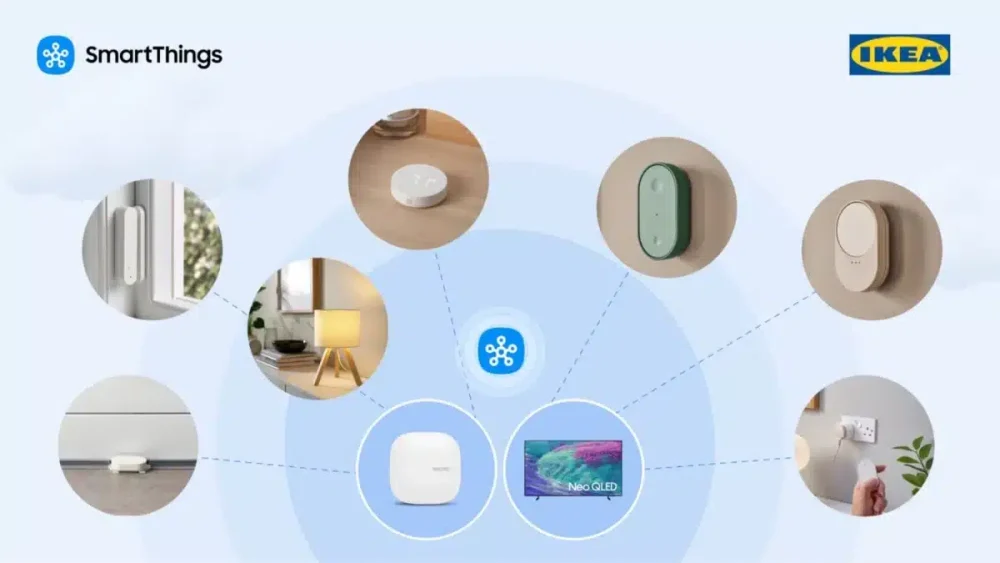A newly uncovered patent suggests Apple might be working on an image sensor so advanced that it could rival the human eye in how it sees the world. The future iPhone might soon snap photos with a dynamic range that matches — or even exceeds — what your eyes can naturally perceive.
First reported by Y.M.Cinema Magazine, the patent titled “Image Sensor With Stacked Pixels Having High Dynamic Range And Low Noise” describes an ambitious new sensor architecture. If implemented, this technology could radically redefine what’s possible in mobile photography and video.
A Giant Leap in Dynamic Range
Dynamic range is the holy grail of imaging — it’s the sensor’s ability to capture detail in both deep shadows and bright highlights simultaneously. Most smartphone cameras today top out around 10 to 14 stops of dynamic range. Apple’s proposed sensor? A jaw-dropping 20 stops. That’s approaching the estimated 20–30 stops of the human eye, depending on how our vision adapts over time and light levels.
For comparison, even professional cinema cameras like the ARRI ALEXA 35 operate around that 20-stop mark. If Apple delivers, iPhones could leapfrog into territory previously reserved for Hollywood’s elite gear.
How Does It Work?
Apple’s design uses a stacked image sensor consisting of two critical layers:
- Sensor Die (top): Captures incoming light.
- Logic Die (bottom): Handles signal processing, noise reduction, and exposure management — all on the chip, before the image is even saved.
This layout isn’t new in theory — Sony uses a similar two-layer approach in current iPhones. But Apple’s patent introduces some clever upgrades.
One of those is LOFIC, or Lateral Overflow Integration Capacitor. It sounds complex, but the idea is elegantly simple: each pixel dynamically adjusts how much light it stores, depending on brightness levels in the scene. In real-world terms, it means your iPhone could capture both the bright sky and the dimly lit subject in front of a window, without either blowing out or fading into darkness.
Another standout feature? Pixel-level noise suppression. The sensor includes built-in memory circuits per pixel to cancel out thermal noise in real time. No more washed-out night shots or gritty low-light photos — the cleanup happens at the hardware level, before software even kicks in.
Will This Be in the Next iPhone?
Not necessarily. Apple files lots of patents — some see the light of day, others quietly fade into research archives. But this filing clearly shows Cupertino’s commitment to pushing the envelope in mobile imaging.
The company already works closely with Sony on image sensors for the iPhone lineup, and this patent’s innovations build on that foundation with more original, compact, and performance-focused improvements.
The camera remains one of the biggest battlegrounds in smartphone innovation. With AI now enhancing computational photography, Apple might be laying the hardware groundwork to ensure that future iPhones don’t just digitally simulate great images — they capture them with cinema-grade authenticity.
If successful, this sensor could revolutionize mobile photography. Think flawless portraits in difficult light, zero-compromise HDR video, and photo quality so lifelike, you’ll stop wondering whether to reach for your DSLR.
Future
Even if this particular design doesn’t hit the shelves tomorrow, one thing is clear: Apple isn’t just refining the camera — it’s reimagining what a smartphone sensor can be. The day your iPhone camera sees the world like you do? It might be closer than you think.


